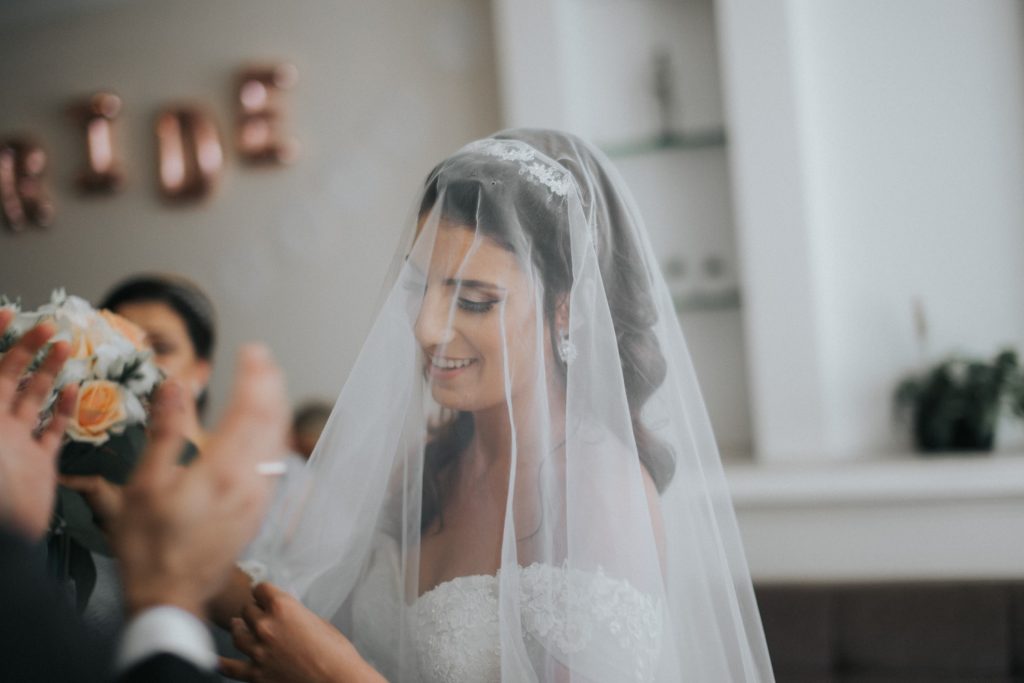A wedding is not only a legal step a couple takes to show commitment and union, it’s also a highly personal and cultural event.
The day is a celebration of love in all cultures around the world, but each one does it a little differently and that’s what makes them special. Wedding traditions can have deep sentimental meanings, or they can just be funny customs that have withstood the test of time for years.
In Afrikaans culture, wedding traditions are largely based on Christian beliefs, a strong part of the culture. The process of getting married is very similar to the white Western wedding many South Africans know, with a few additions here and there.
As with many cultural customs, some of the traditions have fallen away along the road due to the sheer expense they incur, or some just because they are deemed old-fashioned by a new generation. Nevertheless, many couples choose to uphold some of these special traditions.
1. Who pays for what – it’s complicated
Times are tough but if budgets allow, there is a set-out way of going about the financing of the wedding. Traditionally, the bride’s father pays for the wedding, and the groom’s father pays for the bar. This is because both fathers, if they are the breadwinners, want to make the wedding an opportunity to spoil the newlyweds.
The groom would pay for the honeymoon – and plan it all in secret. The bride arranges the wedding (the groom does not have much of a say there), but the groom decides where the new marriage is celebrated and arranges everything himself.
2. The bride gets given away by her father
In traditional Afrikaans culture, a father would be seen as the protector of his family and especially his daughter. So, he would be the one to walk her down the aisle, and “give her away” to her husband, symbolically giving the responsibility of protecting her over to the husband in accordance with the Bible.
The bride would also wear a veil that covers her face as a symbol of modesty. The father then lifts the veil in front of the altar, allowing the groom to see her face. This also shows how the father gives the groom an opportunity to share an intimate moment with the bride. This is usually a very emotional moment, as it would be the first time the groom sees his bride that day.
3. It’s bad luck for the bride and groom to see each other the day before
This is where a bit of superstition comes in. According to folklore, the marriage is doomed to fail should the bride and groom catch a glimpse of each other on the day before the wedding. Usually, they also won’t communicate at all -making for some nervous brides and grooms most of the time! This adds excitement to the big day, and both are counting down the hours until they finally lay eyes on each other at the altar.
4. The husband must take the bride’s garter off with his mouth
During the reception, the real shenanigans begin. After dinner, it’s all fun and games. The bride has to wear a garter around one leg. Then, she is made to sit or stand on a chair with all the young people around her in a circle. The groom’s aim is to find the garter and remove it with his mouth – all with his eyes closed. If he can manage that, well, let’s just say they are in for a very pleasant marriage.
5. Young bachelors have their say while the groom makes a toast
Another funny tradition is for the groomsmen and/or the unmarried men at the wedding to try and embarrass the poor groom as much as possible while he tries to make a toast. As he stands to make a heartfelt speech to his lovely bride, the young men will yell good-intended insults, or sing silly songs to interrupt him.
6. The bride and groom cut the wedding cake together
All is good if there is food. No Afrikaans wedding is complete without a picture of the newlyweds cutting the cake together. The bride and groom will ceremoniously put their hands on the knife and make the first cut together. After that, it is 100% expected for them to each take a piece with their hands and feed each other with the messiest results possible.
7. Time to hit the dance floor
While there is dancing involved in most weddings, Afrikaans people absolutely love to ‘sokkie’. There are no two ways about it: As soon as the dance floor opens, couples will grab each other by the hand for a good old ‘langarm’ (Afrikaans for “long-arm”, as this dance entails the couple to have one hand stretched out and holding the other). This truly traditional dance style happens to the tune of some banging Afrikaans pop music, and can involve some nifty twists and turns for those who really like to get down.
Picture: Unsplash




















